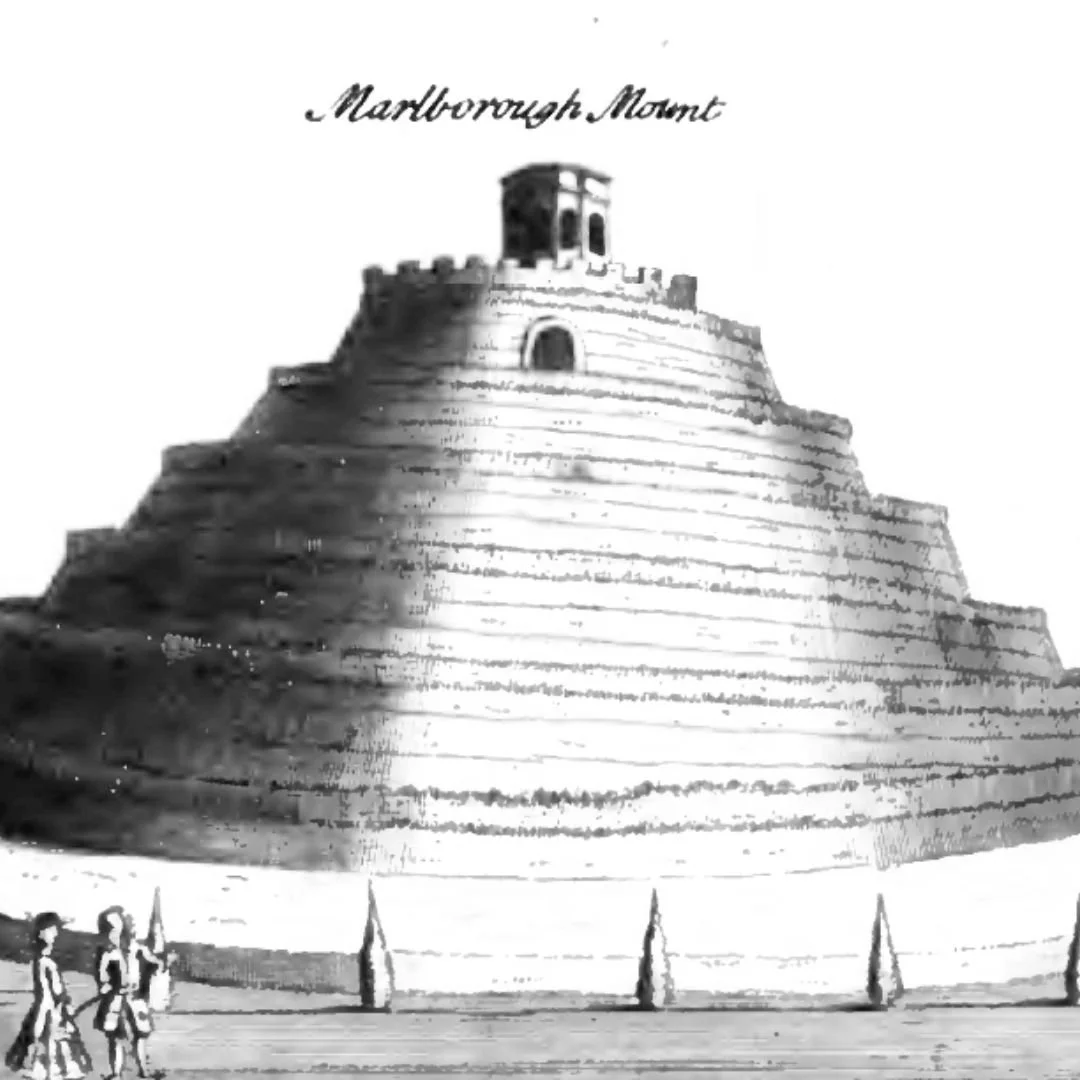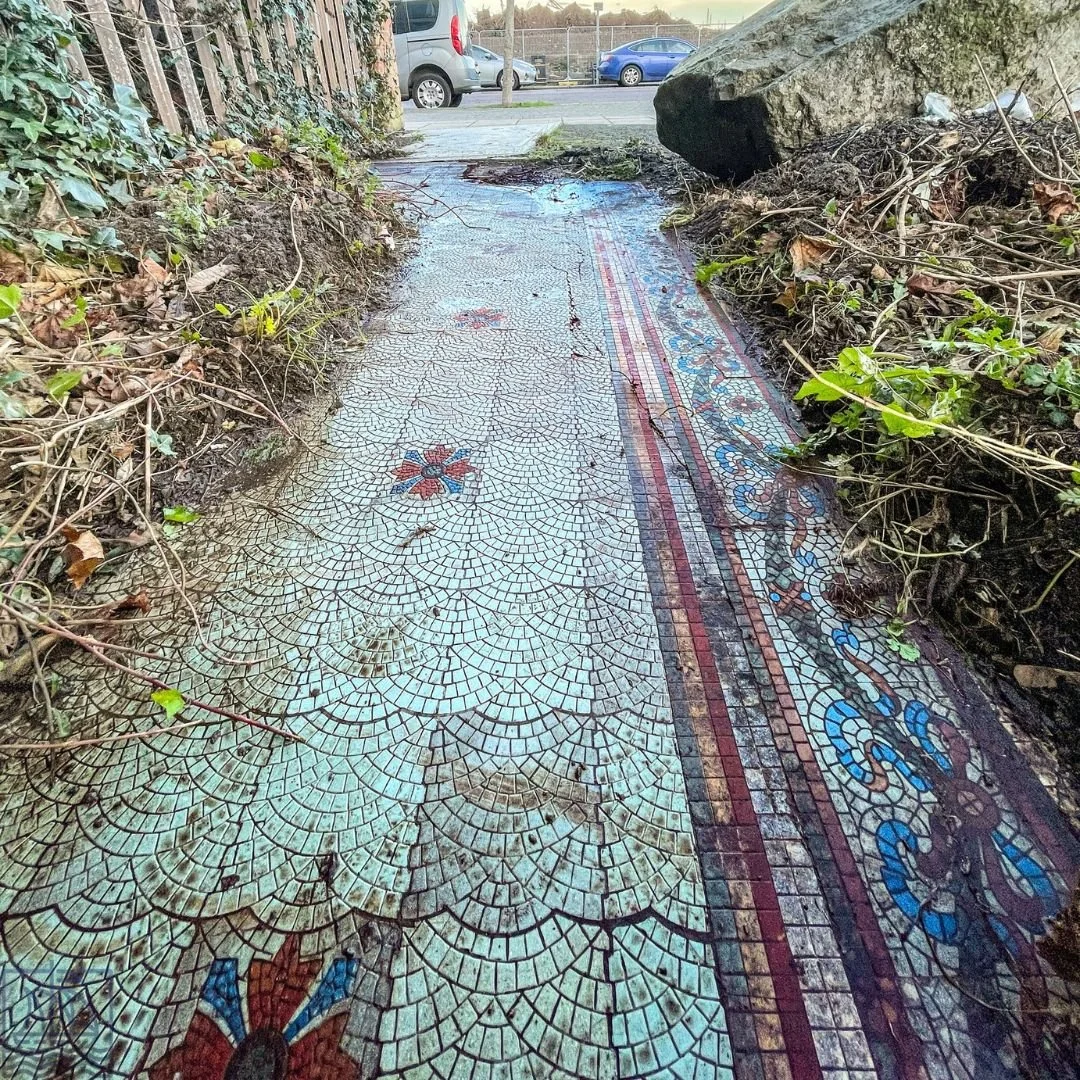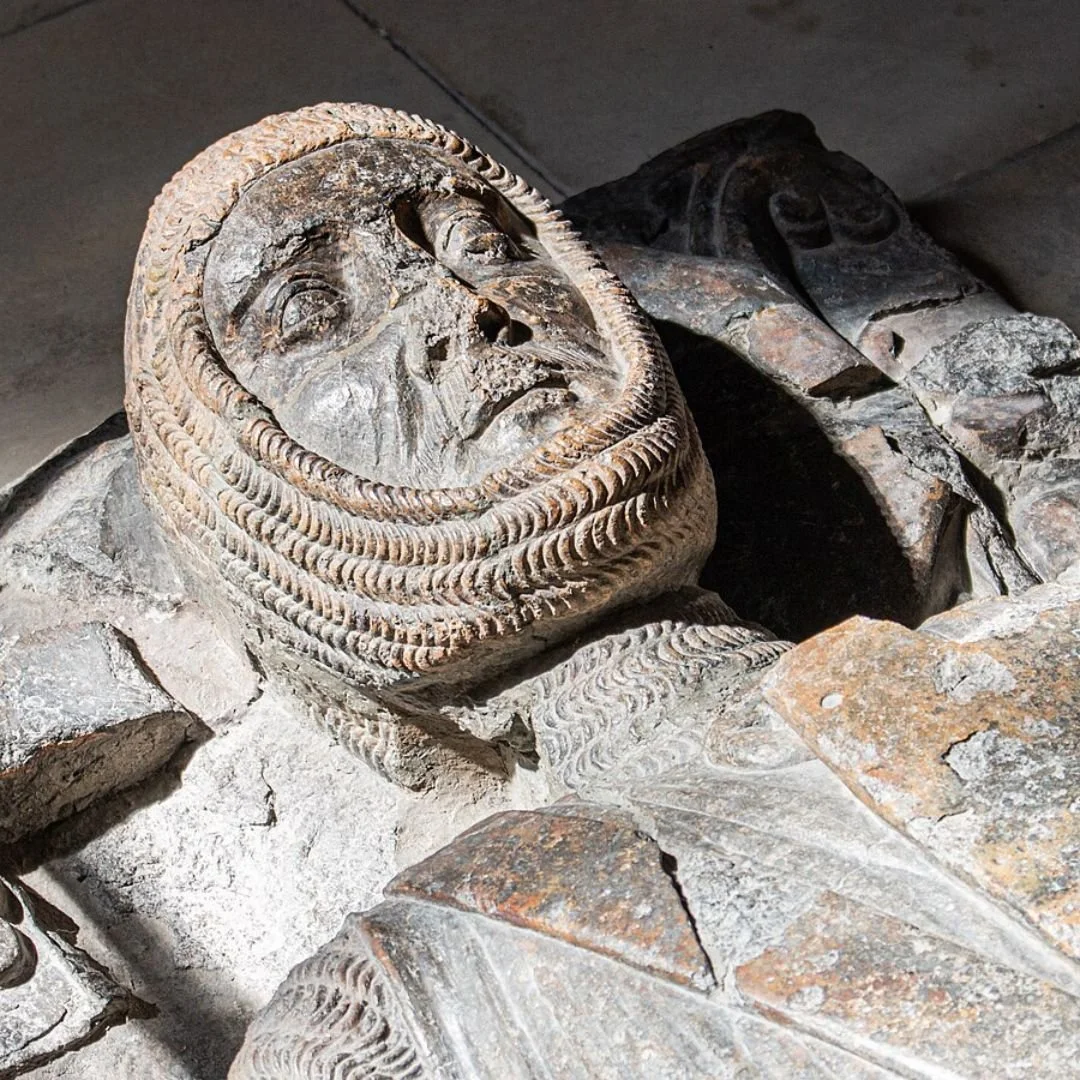Marlborough Mound, Wiltshire: 4,400 Year-Old Neolithic Mound
Marlborough Mound in Wiltshire is an ancient earthwork believed to date back around 4,400 years.
Originally used as a ceremonial site, the ‘nationally important’ landmark is the second largest Neolithic mound in Europe.
Recently, permission has been applied to enable archaeologists to carry out research here.
Marlborough College, who own the land, is requesting permission to remove several mid 20th century buildings around the mound.
The proposed removal of buildings on the mound’s west side is driven by two purposes: stabilising the monument and providing archaeologists with access for a cross‑sectional survey of its interior.
While it's unlikely that intact artefacts lie beneath the existing structures, exposing this section could yield essential insights into its construction history.
Radiocarbon dating on charcoal fragments extracted from core drills places the construction of the mound around 2400 BC, which aligns it with the peak of Neolithic monument building in southern Britain.
Initial investigations by prominent figures such as the archaeologist Jim Leary revealed that Marlborough Mound had long been mistaken for a medieval motte.
However, detailed coring treatments undertaken in 2010 re-established its prehistoric date conclusively.
The mound is composed of layered materials, chalky clay and flinty gravel, spanning multiple construction stages possibly spanning a century.
1723 engraving
Over its long life, the mound has served multiple functions.
Like its larger counterpart, Silbury Hill, experts believe it may have been a gathering place for religious or social activities, possibly linked to water cult practices due to its proximity to the River Kennet.
Its size, layered construction, and prominence in the landscape indicate it was deliberately built as a monumental focal point for the surrounding prehistoric community.
Around 1067, William the Conqueror then established Marlborough Castle atop the site, making it a focal point of Norman and Plantagenet power.
According to records, King John’s subjects swore allegiance there in 1209.
During the 18th century, under the Seymour family and Lady Hertford, the mound was reshaped with a spiral ramp, a shell grotto, and water features, a fanciful garden.
William the Conqueror
In the 19th and early 20th centuries, a water tank and later a temporary shelter occupied the summit, but these features were removed to restore the mound’s integrity.
This historic mound has also long been linked in local folklore to the legendary wizard Merlin, with some traditions claiming it to be his burial place.
This association is reflected in the town’s very name, “Merlin’s Barrow” is thought to be a possible origin for “Marlborough”, and in the town motto, “Ubi nunc sapientis ossa Merlini” (“Where now are the bones of the wise Merlin”).
While there is no archaeological evidence to support the legend, such myths likely arose in the medieval period when the mound formed part of Marlborough Castle, giving it a mysterious, otherworldly reputation that persists to this day.
If planning consent is granted, the removal of buildings and careful structural works, undertaken in coordination with archaeologists, will unlock a rare opportunity to examine the mound vertically, revealing construction layers and offering clues about Neolithic monument building practices.
Designed sensitively, the project aims to stabilise the mound, improve its visual presentation, and enhance its value as both a historical research site and public heritage asset.
Reacting to the news on social media, someone argued: “Removing buildings that have been there for centuries is what the Victorians did when they 'restored' churches to what they thought they had looked like in 1100 as if nothing had happened since.
”Syncretic buildings with pieces from earlier centuries are what history is about. Leave the place alone.”
If you enjoyed this blog post, please follow Exploring GB on Facebook or for travel content and inspiration.
Don't forget to check out our latest blog post below!
Thank you for visiting Exploring GB.

















